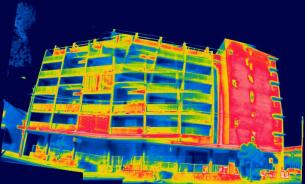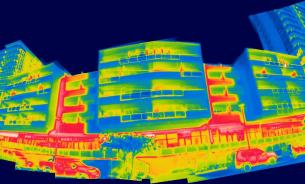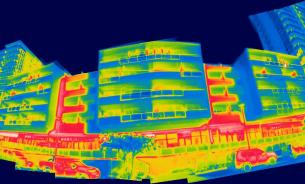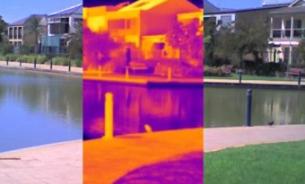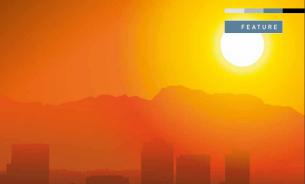This project applies knowledge about urban micro climates in Sydney, Melbourne and Adelaide. It aims for a sharing of information about urban micro climates between cities. It outlines characteristics of urban micro climates, and aims to produce an effective way to monitor and record information about micro climates for use by planning agencies, service providers and developers.
Visit the project website for further information.

